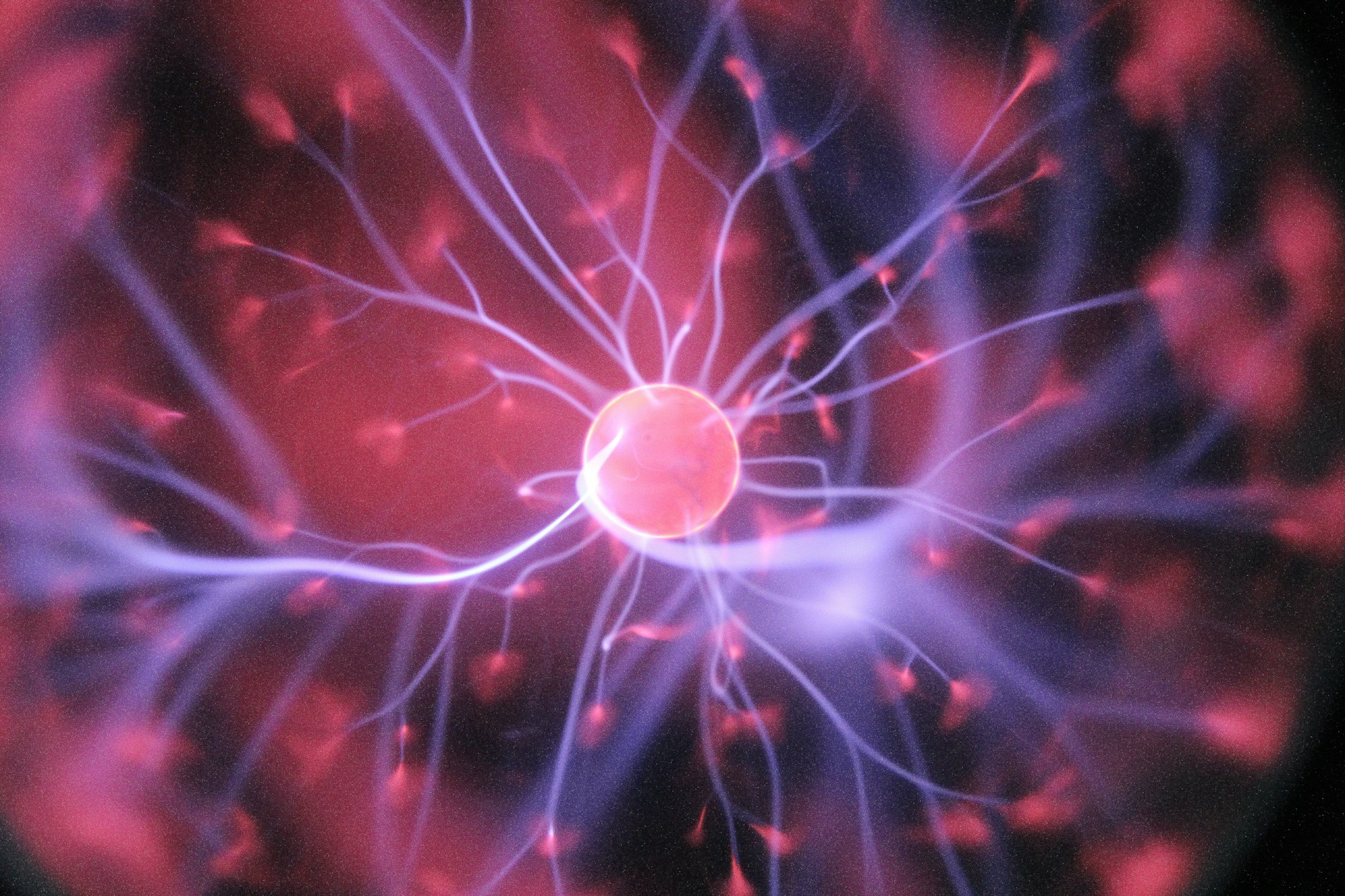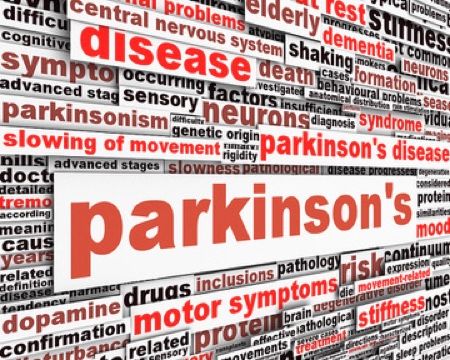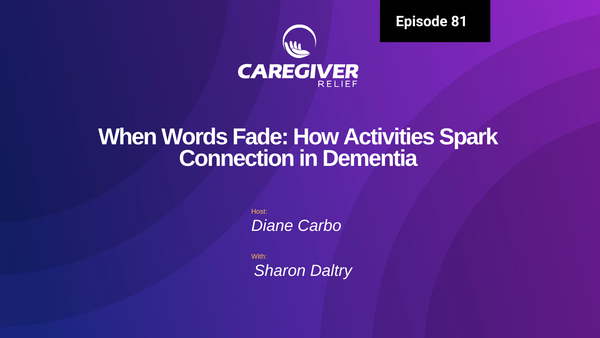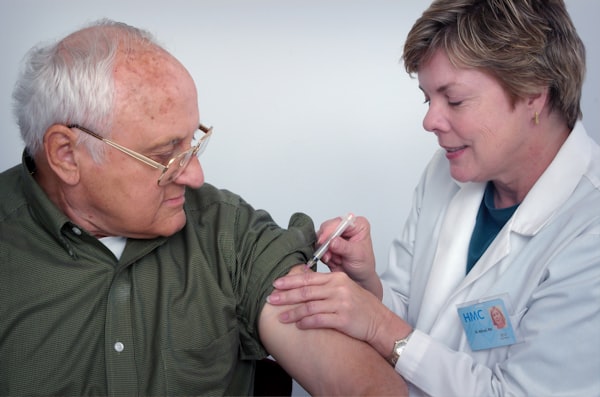What are the Early Signs of Parkinson's Disease?

Parkinson’s Disease (PD) is a neurodegenerative disorder that affects millions of people across the world. It is a progressive neurological condition which affects a person’s motor skills, and can impact their ability to move or perform everyday tasks.
The purpose of this guide is to provide an overview of Parkinson’s Disease, highlighting the risk factors, early signs and symptoms, diagnosis and treatment options. It will also cover how to find support resources for those living with PD and their families, as well as provide a case study of a real patient.
This guide will be helpful to both those seeking to learn more about PD, as well as those searching for information to try to determine if they or a loved one show any of the symptoms associated with the condition.
It is important to seek medical attention at the earliest sign of any neurological symptoms, as a proper diagnosis can lead to better management of PD. This guide will provide valuable information on the different stages of Parkinson’s Disease and how to identify potential warning signs early on.
Risk Factors for Parkinson's Disease
Parkinson's Disease (PD) is a neurodegenerative disorder that affects movement and can cause a wide range of symptoms. It is estimated that over 6 million people are currently living with PD worldwide. While the exact cause of the disease is unknown, there are certain risk factors that may increase an individual's chance of developing the condition.
The most significant risk factor for PD is age; risk increases with age and the majority of cases occur in people aged over 50. Other than age, the major risk factors for PD include:
- Family History: People with a family history of PD are more likely to develop the condition.
- Gender: Men are more likely to develop PD than women.
- Exposure to Toxins: Exposure to toxins such as herbicides or pesticides may increase an individual's risk of PD.
- Head Injury: Traumatic brain injury may increase an individual's risk of developing PD.
Although these risk factors can increase your chances of being diagnosed with PD, it is important to remember that these factors do not guarantee a diagnosis. If you are concerned about your risk of developing Parkinson’s Disease, speak to your doctor.
Early Signs & Symptoms of Parkinson's Disease
Parkinson's disease is a progressive, neurological disorder that affects millions of people around the world. It reduces movement and is caused by a lack of dopamine production in the body. Early diagnosis can help patients get treatment that can slow or even halt the progression of the disease. In this section, we will cover the early signs and symptoms of Parkinson's disease so that you can recognize them and take steps to get a proper diagnosis.
Common Symptoms
There are numerous early signs of Parkinson's disease, some of which are common and others that are more rare. The most common early PD symptoms include:
- Tremors, usually in the hands or arms
- Rigid and stiff muscles
- Slow movements
- Poor balance
- Loss of automatic movement (smiling, blinking, swinging arms when walking)
- Speech changes, such as soft speech or monotone voice
- Writing changes such as small handwriting
- Depression
- Cognitive changes, such as problems with thinking and memory
These symptoms often start slowly and progress over time, becoming more pronounced as time goes on. It's important to note that not everyone with Parkinson's disease will experience all of these symptoms, and the severity of the symptoms can vary from person to person.
Less Common Symptoms
There are some additional early signs and symptoms of Parkinson's disease that are less common, but should still be mentioned. They include:
- Sensory problems, such as pain, numbness, and itching
- Constipation
- Dizziness
- Excess sweating
- Loss of sense of smell
- Sleeping problems such as insomnia and daytime sleepiness
If you or someone close to you is experiencing any of these symptoms, it's important to see a doctor for testing and a proper diagnosis. There are medications and other treatments available that can help manage these symptoms and slow the progression of Parkinson's disease.
Diagnosing and Treatment Options for Parkinson’s Disease
Parkinson’s disease is typically diagnosed by your doctor based on your medical history, physical exam results, and the presence of certain signs and symptoms. Your doctor may also order additional tests such as an MRI or CT scan to confirm the diagnosis. During your appointment, it’s important to be open and honest with your doctor so they can provide the best possible care.
The primary treatment for Parkinson’s Disease is through medication. Your doctor may prescribe medications that will help reduce the severity of your symptoms and slow the progression of the disease. In addition to medication, your doctor may suggest different therapies including exercise, occupational therapy, and speech therapy. These therapies can help improve your mobility, balance, and coordination.
Surgery may also be considered in certain cases. Deep brain stimulation (DBS) is a surgical procedure that involves using electrodes to send pulses to the brain. This treatment has been shown to improve certain motor symptoms of Parkinson’s Disease, but results may vary from person to person.
Parkinson’s Disease is a neurological disorder that affects many individuals worldwide. It is caused by the gradual breakdown of nerve cells in the brain, affecting one’s ability to move and resulting in an array of related symptoms. Early diagnosis of Parkinson’s Disease is crucial for effective treatment and symptom management.
For this reason, it’s important to familiarize yourself with the early signs and symptoms of the disease. To make this easier, we’ve embedded an informative video about the early signs of Parkinson’s Disease. The five signs discussed in the video are as follows:
- Tremors - Slower movement or trembling of hands, arms, legs, jaw, and face
- Imbalance - A decrease in balance, coordination, and reflexes
- Muscle Rigidity - Stiffness and tension in the muscles
- Slow Movements - Slowed walking and other movements
- Speech Changes - Soft or slurred speech
These symptoms may not be immediately apparent in those affected by the disease, so it’s important to consult with a medical professional if you or a loved one experiences any of these signs. The video also discusses the latest treatments available to improve symptomatic management of the condition.
Being aware of the early signs of Parkinson’s Disease can aid in early diagnosis and allow for timely treatment. We’ve provided this information as part of our guide to help you understand the available signs and treatments for Parkinson’s Disease.
Case Study: Joe Smith
Joe Smith was a 45 year-old accountant living in South Florida. Although he had always been very active and fit, he began noticing some odd changes in his body, most notably a tremor in his left hand that he just couldn't seem to shake. He was eventually referred for a specialist consultation where he was diagnosed with early-onset Parkinson's Disease.
At first, Joe was very scared and overwhelmed by the diagnosis but he was determined to fight this disease and make the best of it. He was prescribed medication to help manage the symptoms and referred to a support group for information and advice. He also changed his lifestyle by incorporating more movement into his daily routine, as exercise has been proven to be beneficial for Parkinson's patients.
Joe continued to see his neurologist regularly for check-ups and to adjust his medications as needed. He worked hard to stay positive and upbeat, even during the more difficult times. After a year of taking his medications and exercising religiously, Joe began to notice a difference. The tremors in his hands had lessened and he found himself feeling more energetic and able to move around easier.
Despite the progress he had made, Joe still faced challenges. He had to adjust to a few lifestyle changes such as learning how to drive again, and he never quite got over the emotional aspect of living with Parkinson's. But through it all, he kept pushing forward and ultimately created a fulfilling life for himself.
Joe is now in his late 50s and living a relatively normal life despite his condition. He is still in touch with his neurologist and other healthcare professionals, and actively involved in the Parkinson's community where he continues to find support and perspective. Joe's story of resilience and determination serves as an inspiration for those newly diagnosed with Parkinson's Disease and a reminder that they can live a full and happy life with this condition.
Support Resources for Individuals Living with Parkinson’s Disease
Diagnosis of Parkinson's Disease can be a difficult and overwhelming experience. Knowing where to turn for support is an important step in managing the condition. Here are some helpful resources for individuals living with PD and their loved ones.
Support Groups
Many cities and towns have support groups that provide personal and emotional support to those living with Parkinson’s Disease. These groups offer the opportunity to connect with others in similar situations, get advice on symptom management, and discuss different treatment options. To find a local support group, contact your area Parkinson’s Disease Association or search online for “Parkinson’s Disease Support Groups [Your City Name].”
Online Communities
For individuals who cannot join a physical support group, there are numerous online communities that offer information as well as social support. Many of these forums allow members to post about their experiences, share advice, and ask questions about PD. Some of the largest and most popular online communities for Parkinson’s Disease include:
- Parkinson’s Disease Online: www.parkinsonsdiseaseonline.org
- PD Aware: www.pdaware.org
- My Parkinsons Team: www.myparkinsonsteam.org
- Parkinson’s Life: www.parkinsonslife.com
Helpful Organizations
There are several nonprofit organizations dedicated to improving the lives of individuals living with Parkinson’s Disease. These organizations provide vital resources such as information on research studies, symptom management tips, and financial assistance for medications and treatment. Some of the major organizations devoted to PD include:
- Michael J. Fox Foundation for Parkinson’s Research: www.michaeljfox.org
- Parkinson’s Foundation: www.parkinson.org
- National Parkinson’s Foundation: www.parkinson.org
- American Parkinson’s Disease Association: www.apdaparkinson.org
A diagnosis of Parkinson’s Disease can be a difficult and overwhelming experience. However, there are resources available to help individuals living with PD manage their symptoms and live their best lives. By engaging with a support group, connecting with other patients online, and utilizing the resources offered by helpful organizations, those with PD can find the comfort and assistance they need.
The early signs of Parkinson's Disease (PD) can be difficult to spot, but knowing what to look out for can make all the difference in receiving a diagnosis and beginning treatment as soon as possible. This guide has outlined some of the key points about PD including its risk factors, early symptoms, diagnosis, treatments, and resources available for those living with it.
There are several important takeaway points to keep in mind when it comes to identifying the early signs of Parkinson's Disease. Firstly, although there is no single symptom or combination of symptoms that guarantee a diagnosis of PD, some common indicators include muscle rigidity, tremor, reduced facial expressions, slowed movement, and impaired balance. Secondly, despite the challenges associated with diagnosing PD, there are treatment options available which can help alleviate symptoms and improve quality of life.
Finally, seeking medical advice is always recommended when symptoms of PD start to appear. It is also important to note thatmentally and emotionally, living with PD can be challenging. To make this journey easier, it is important to reach out for the support of family, friends, and professional support groups.
By understanding the early signs and symptoms of Parkinson's Disease, those affected by it can better prepare themselves for the journey ahead. Knowing what to look out for, where to turn for help, and how to best manage the condition are all critical steps to living well with PD.
FAQs on Early Signs of Parkinson’s Disease
Parkinson’s disease is a progressive neurological disorder that affects millions of people around the world. It typically affects people over 50 and results in a range of differing symptoms depending on the individual.
When it comes to identifying Parkinson’s, it is important to be aware of the early signs and symptoms. This section aims to answer some of the most common questions related to the early signs of Parkinson’s Disease.
What are the Early Signs of Parkinson’s Disease?
The early signs of Parkinson’s Disease vary from person to person. Some of the most common early indications include:
- Tremor or shaking (most commonly beginning in a limb, such as a hand);
- Slowed movement;
- Stiffness or rigidity of the limbs and torso;
- Impaired posture and balance;
- Loss of automatic movements (such as blinking or smiling);
- Speech changes, including soft speech.""
How can I tell if I have Parkinson’s Disease?
If you experience any of the above symptoms, it is important to talk to your doctor. They will discuss your medical history and provide further tests or referrals to specialists who can make an accurate diagnosis.
Can medication help with early signs?
Medication is available to help manage the symptoms of Parkinson’s, but the type of medication prescribed will depend on the severity of the condition. In some cases, medications can help reduce the tremors associated with Parkinson’s Disease and may slow down the progression of the disease. It is important to speak to your doctor about the right medication for you.
The guide we have covered is an overview of some of the early signs and symptoms of Parkinson’s Disease, as well as how it is typically diagnosed and what treatment options are available. It is also important to remember that everyone experiences symptoms differently, so it is best to consult a doctor in order to determine the best course of action for you.
The early signs and symptoms of Parkinson’s Disease can vary greatly depending on the individual and the stage of their illness. However, some common signs include tremors, difficulty with walking and balance, stiffness in the limbs, and changes in speech and facial expressions. It is important to be aware of these signs and talk to a medical professional if you are experiencing any of them.
When diagnosing Parkinson’s Disease, doctors will look for several indicators such as physical examination, lab testing and imaging scans. There is no cure for Parkinson’s Disease, but there are a variety of treatments that help manage the symptoms. These may include medications, lifestyle modifications, physical therapy, and surgery.
We also provided a video outlining five early signs of Parkinson’s Disease which is helpful for those wanting to further familiarize themselves with the condition. Additionally, there are plenty of support resources available for people living with Parkinson’s Disease and their loved ones, to ensure they receive the support they need.
Finally, it is important to take care of yourself and find ways to cope with Parkinson’s Disease as best as you can. By knowing the early signs of Parkinson’s Disease and seeking medical advice, individuals and their families can get the help they need in order to manage their diagnosis and improve their quality of life.
Medical Glossary
Throughout this guide, there are a few specialized words and terms related to Parkinson's Disease. To help make these terms easier to understand, we have outlined the most important ones and their definitions in this medical glossary.
- Parkinson's Disease (PD) - A progressive nervous system disorder that affects movement. Symptoms develop gradually and can include trembling, stiffness, and difficulty with balance.
- Neurotransmitters - Chemical messengers released by neurons in the brain to help regulate movement and communication between nerve cells.
- Dopamine - The neurotransmitter that is underproduced in Parkinson's Disease, leading to physical and cognitive impairments.
- Tremor - Uncontrollable shaking of certain parts of the body, typically the hands, arms, feet, face or jaw.
- Dyskinesia - An abnormal involuntary movement caused by antiparkinsonian medications.
- Levodopa - A drug used in the treatment of Parkinson's Disease that helps replenish low dopamine levels.
- Deep Brain Stimulation (DBS) - A surgical procedure used to treat the symptoms of Parkinson's Disease that involves implanting electrodes to deliver electrical stimulation to targeted areas of the brain.
Research is vital in understanding Parkinson’s Disease and its symptoms. The references section of this guide includes all the sources that have been cited throughout.
You might also like this article:








